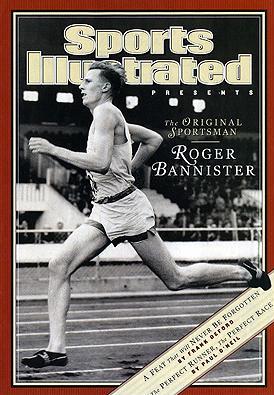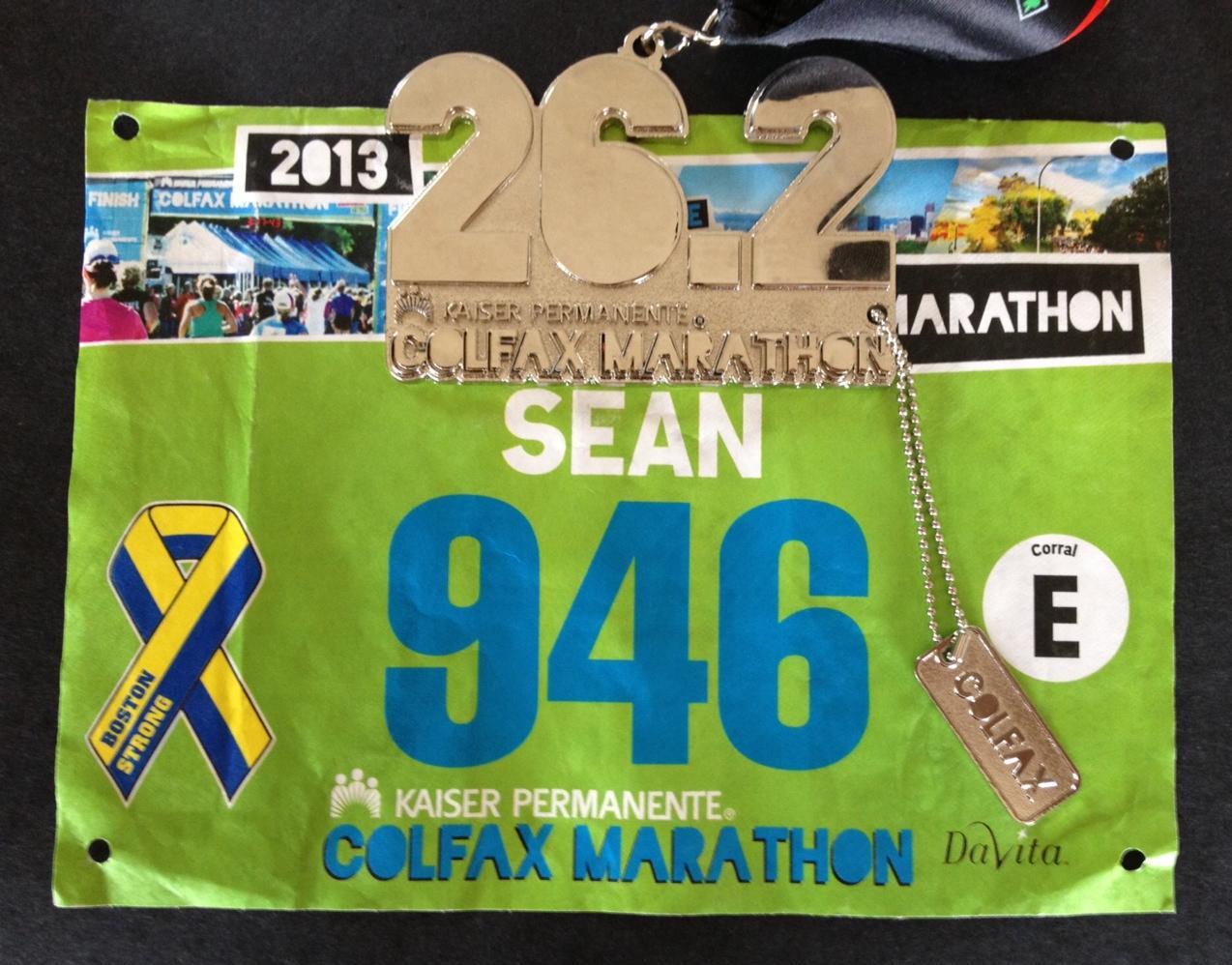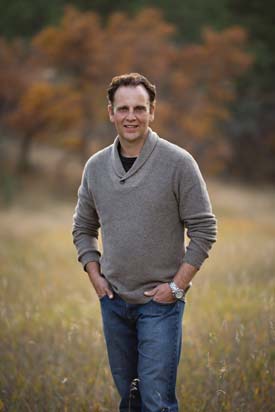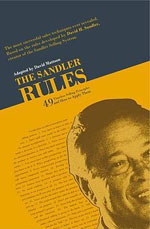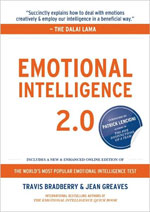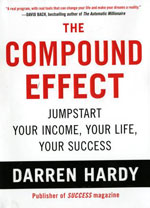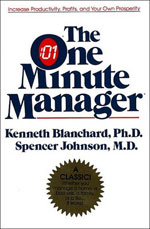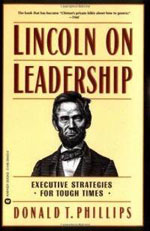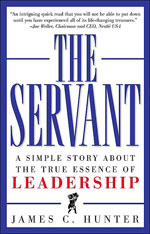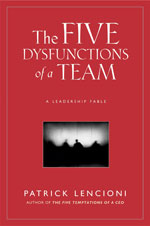 This week’s post focuses on the ideas and strategies of an enthusiastic colleague of mine—you will be able to see very quickly that he loves medical sales and loves the thrill of the job, challenges and all. Read on to be inspired in your goal setting and achievement and to find strategies you can apply to your own life!
This week’s post focuses on the ideas and strategies of an enthusiastic colleague of mine—you will be able to see very quickly that he loves medical sales and loves the thrill of the job, challenges and all. Read on to be inspired in your goal setting and achievement and to find strategies you can apply to your own life!
A little background:
This employee at ConMed was able to enter his territory and make an immediate impact for a number of reasons that have resulted in recurring success. His persistence and ability to enter an operating room setting with confidence have allowed him to rekindle multiple accounts that were considered dead upon his arrival. This colleague has been able to develop relationships with the operating room staff, has found new surgeon champions, and has not only retained previous users, but has also added multiple other surgeons that have made a major impact on the territory’s success. This hardworking leader’s work ethic and persistence along with his experience controlling the operating room have translated into Q1 quota achievement for 2013, and he is currently well above pace for Q2 achievement.
I asked my colleague a few questions about his success:
What do you need to love in order to sell Altrus or be in medical sales? What would be an indication that someone would not enjoy medical sales?
If you love the thrill of the hunt, being the underdog, thinking two steps ahead of your competition, and being creative, you will love selling Altrus and medical sales in general. If you hate selling off contract, being told no and not having that inspire you, going all out/giving 110% every single day, you will hate selling Altrus and definitely medical sales as a whole.
Have you ever had a surgeon that, at the beginning, was completely disinterested in your product but is now a big believer? What changed that surgeon’s mind? How did you get through to him or her?
Yes—two specific surgeons come to mind that were reluctant at first. What changed their minds was my relentless but professional followup—I took their disinterest as a challenge to my sales skills. For one of the surgeons, I ran through the parking lot in the middle of a thunderstorm during a case to get an extra Altrus handpiece that was needed. The surgeon was impressed. The other doctor had been a dedicated user of a competitor’s product, but I just constantly showed up at his cases and was not scared to ask him to use Altrus every time on every case. Finally, after five cases with Altrus, he began to come around!
I also follow up with every new surgeon the day after the case to ask how their patients did after using Altrus. I make sure the conversation is 100% about the patient and not about my agenda to move Altrus or get another case. This is something I have learned over the years, and it separates me from my competitor reps.
What has been your most exciting moment in the OR?
I love every day I am in the OR. It’s like GAME DAY to me. And that is why I am a device rep and not a hedge fund manager or a lawyer. It’s funny—I was in a case with a rep from another company, and she was talking with the surgeon about how she (the rep) had wanted to be a doctor since she was in high school, but she settled for being a rep. The surgeon looked at me and asked what I wanted to be when I was in high school, and I said, “Exactly what I am today in the OR—a medical device rep.”
What has been your most challenging moment in the OR?
The most challenging moment in the OR happens any time your device fails when the patient is on the table. When any device fails, it is not fun. I always have a backup device ready in the room. I stay calm and control the room. I check the machine and then replace the device. If still no luck, I continue to stay calm and confident that I will find the solution in order to keep the room and the doctor calm. I run through everything in my power I can do—then, if all else fails, I try to get an engineer on the phone. If there is no answer or solution to the issue within a reasonable amount of time, I let the surgeon know as soon as possible so he or she can start the backup plan; this is where I begin damage control within the account. The key is to stay calm, think rationally, and never lie. These things happen…and it’s how you handle them that defines you as a professional.
How important is goal setting to your success? How do you go about determining your goals and achieving them?
Without goals, you have no way to measure your business success—so goals are very important However, you need to separate personal and business goals. You can’t let your business goals define you as a person, or you will never be happy. This was a very hard thing for me to learn when I was in my 20s. I am getting better with it as I get older, but it is still a challenge.
How do you handle adversity in the field when things don’t go your way?
I hate to lose. Let me say that again: I HATE TO LOSE. But I love to go for the NO because the only thing that bothers me more than losing is getting played, which leads to my precious time being wasted—time that I could be using to focus on winning somewhere else. So when I am up against the wall, I try to get as creative as possible to work around objections such as contracts and competition.
How do you plan your day? How far in advance do you plan?
I plan my days by A, B, and C targets. Get the As first, then the Bs, and so on. I am huge on followup, so during all of my Altrus cases, I have my laptop open so I can spend time following up on capital deals, doctor emails, and all other business opportunities. I am on the surgeon’s hip while he is using Altrus, but as soon as the surgeon is closing or opening, I am back to my followup. I plan my schedule about two or three weeks in advance when I can. But I also leave a lot of room for flexibility.
What is your best advice for a brand new salesperson?
Love the OR, hate to lose. Make sure you are the best teammate you can be—because if you have your teammates’ backs, they will have yours. Build long-lasting relationships with your surgeons; if you do, they will follow you wherever you go in your career. Finally, never stop pushing your personal limits for how creative, relentless, and accountable you can be to get the WIN.

